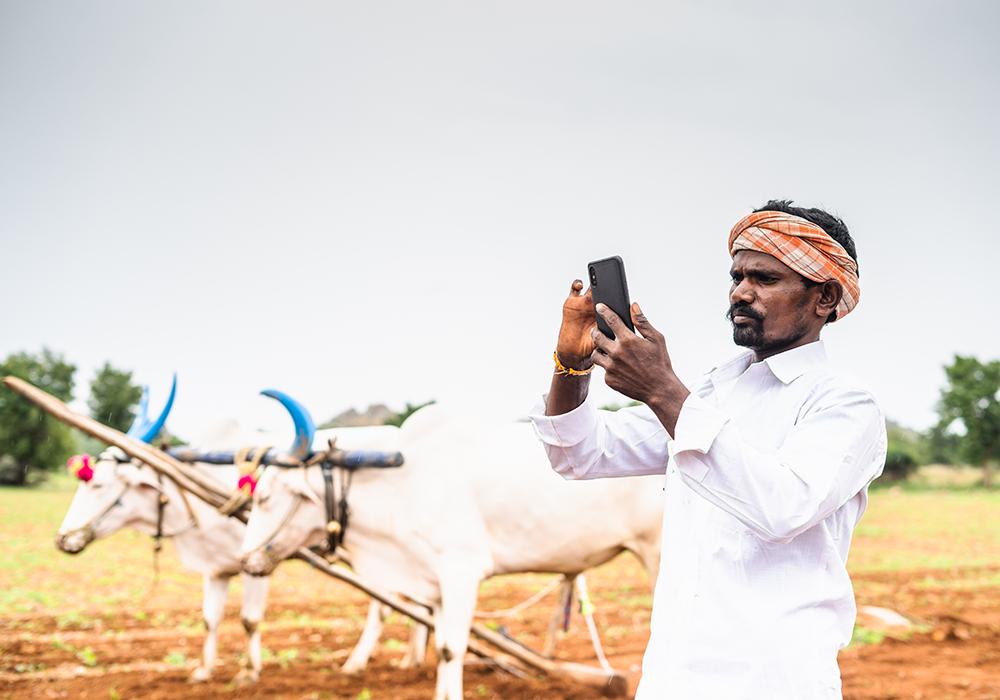OLDS, Alta. — Across India’s enormous landmass, farmers and agricultural journalists rely upon the same key technology: smartphones.
Hand-held mobiles let farmers see what other farmers are doing, broadcast what farmers in their area are up to, learn from farmers in areas of the subcontinent that are hundreds or thousands of kilometres away, and share tips and experiences with farmers wherever they farm.
Journalists are key to this process in India because they’re the one turning millions of small, unorganized farmers into an incredible source of news and information for farmers everywhere.
Read Also

Final crop reports show strong yields, quality
Crops yielded above average across the Prairies this year, and quality is generally average to above-average.
“I think this is having a huge impact,” said Mezhukanal Cherian Dominic, founder of the Krishi Jagran agricultural media organization, in an interview at the International Federation of Agricultural Journalists congress in Olds, Alta.
“We hope in another 10 years in every (village) at least one journalist will be trained by us.”
Dominic’s organization of 240 professional journalists works to develop local Indian farmers into grassroots agricultural journalists. They help them, and often pay them, to go out among their fellow farmers and gather video about what they are doing, challenges they are facing, technologies they are using and other typical concerns of farmers everywhere.
In North America and Europe, newspapers, magazines and radio have been the traditional forms of agricultural journalism, with websites, social media, podcasts and video developing in recent years.
In India, most farmers have been cut off from agricultural journalism because they farm tiny plots of land, live in communities distant from cities and cannot afford much beyond their basic needs. Some farmers cannot read, so publications in print and online aren’t helpful for them. However, many areas have good smartphone connectivity and that network is rapidly expanding.
“The smart mobile phone is not very costly, so almost every farm is having a smartphone,” said Dominic.
That’s why videos play such a role in Indian agricultural journalism, said Dominic. Farmers can see what other farmers and agronomists are doing on their smartphones.
“They can speak about what is happening in their village, what are their aspirations, what are they lacking,” said Dominic, whose organization is based in Delhi.
“What do they want the message to be that goes to people that are making the policy?”
Krishi Jagran journalists instruct local farmers how to do the sort of videos that farmers elsewhere will find informative. Dominic said a local farmer-journalist might go out for a day in his local area, do 10 to 15 videos with fellow farmers, and send them back in. The editors at the hub will work with them and post the results.
The videos are one to three minutes long.
Dominic’s organization pays for this work, giving the farmer-journalist extra income, which is helpful when most only farm a few acres.
The Indian government has been supportive of this sort of initiative, trying to allow Indian farmers to move up the agricultural ladder by employing improved methods and technologies, Dominic said.
“The government is pushing a lot of things to the farming community,” said Dominic.
India’s agricultural production is enormous, as is the population that relies upon it. India is the most populous nation on Earth, recently surpassing China, and continuing to expand. Food security is vital for India’s people and its sustainability as a nation.
Dominic hopes to see Indian farmers educate each other and continue to improve through the farmer-journalism organizations like his.
















